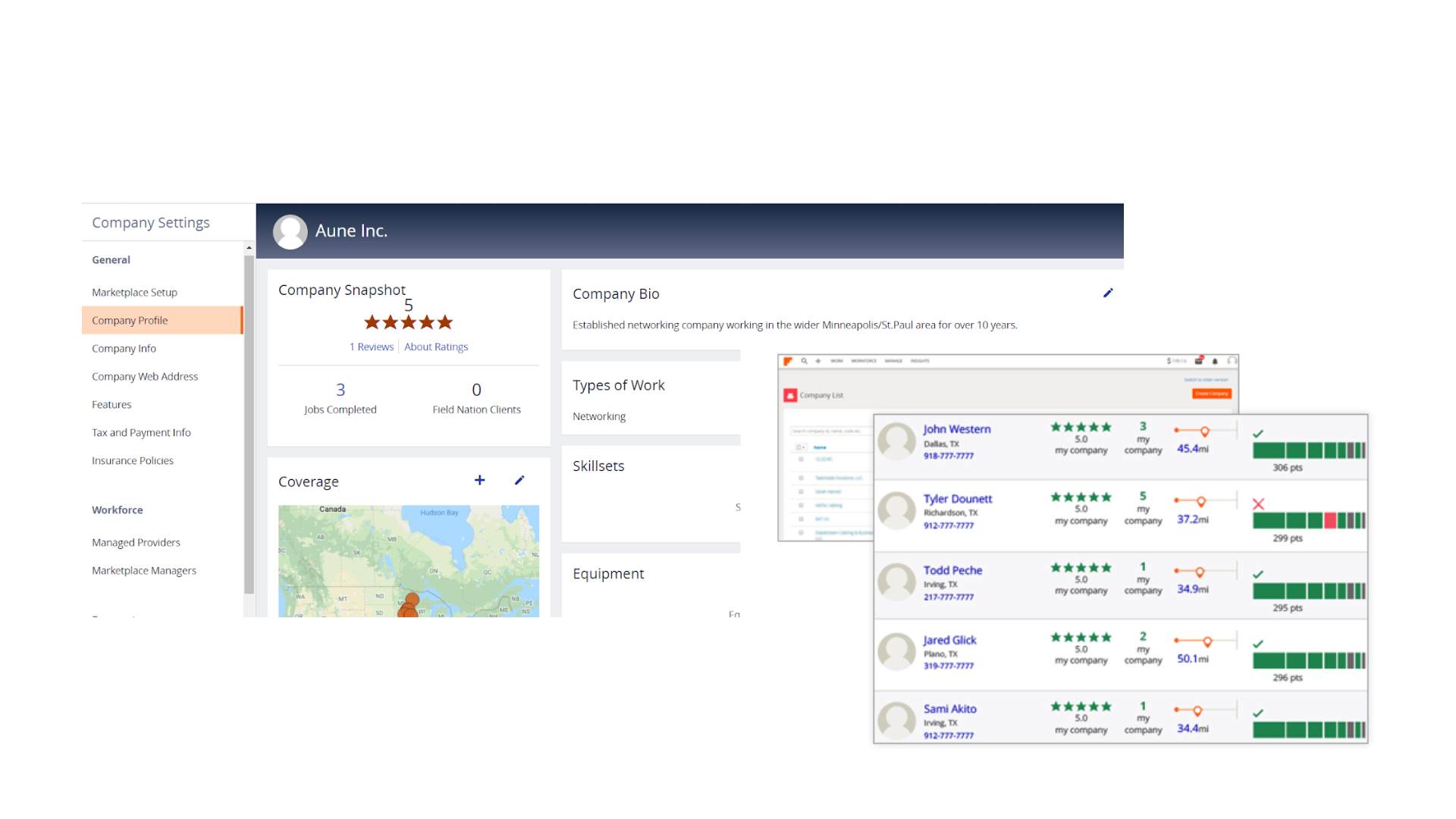Understanding essential sales terms can be a challenge for even the most seasoned professionals. In the ever-changing landscape of business, keeping abreast with current terminology is key to staying ahead.
This article provides an updated list of 30 essential sales terms for professionals in 2023, demystifying industry jargon and helping you improve your communication within your sales team or with clients.
Key Takeaways
- Account – Based Marketing (ABM) is a personalized approach that focuses sales and marketing resources on specific target accounts to improve relationships with prospects and close more deals.
- The adoption process involves evaluating, selecting, and implementing a new product or service, making it important for sales professionals to guide customers effectively through each stage.
- AIDA (Attention, Interest, Desire, Action) is a framework used in marketing and sales to capture customer attention, generate interest, create desire for a product or service, and motivate action towards purchasing.
- B2B refers to transactions between businesses while B2C refers to transactions between businesses and individual consumers; understanding these dynamics is crucial for professionals in different industries.
- Recognizing buying intent helps sales reps focus on prospects who are closer to becoming customers by tailoring their pitch based on the level of interest shown.
- Closed-Lost means a potential sale did not result in a deal while Closed-Won indicates successful closing; analyzing closed-lost opportunities provides insights for improving future deals.
- Customer Lifetime Value (CLV) helps companies determine the long – term value of customers and make decisions regarding acquisition strategies and retention programs.
- Decision – makers hold authority over purchasing decisions within companies; building relationships with them can influence final choices positively.
- Demand generation involves creating awareness and interest in products or services through various strategies like content marketing or social media campaigns.
- Engagement plays an essential role in building trust with potential customers throughout the sales journey by addressing their needs effectively.
- Forecasting uses historical data analysis to predict future trends accurately, enabling informed decision-making for effective resource allocation.
- Leads are individuals who have shown interest in your product/service & generating leads should be prioritized as they can lead you towards conversions.
Essential Sales Terms for Professionals
Here are 30 essential sales terms that every professional should know in order to excel in their field.
Account-Based Marketing (ABM)
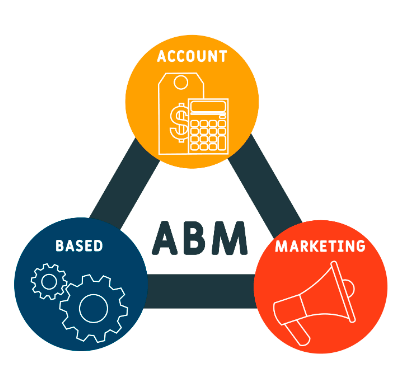
Account-Based Marketing (ABM) is a strategic approach that concentrates sales and marketing resources on a specific set of target accounts within the market. It personalizes campaigns to engage each account, basing the marketing message on the specific attributes and needs of the account.
ABM not only promises higher returns than traditional methods but also aligns marketing activities directly with sales objectives. The effectiveness of ABM hinges upon robust data analysis capabilities, enabling businesses to identify key accounts, understand their pain points and customize outreach accordingly.
This personalized treatment can lead to better relationships with prospects and more closed deals for your business.
Adoption Process
The adoption process refers to the steps that individuals or businesses go through when they decide to implement a new product or service. It involves evaluating, selecting, and implementing a solution that meets their needs and goals.
The process typically starts with identifying the problem or opportunity, followed by researching and comparing different options available in the market. Once a suitable solution is found, it undergoes testing and evaluation before being integrated into the existing systems or processes.
The adoption process requires careful consideration of various factors such as cost, functionality, compatibility, and potential benefits. By understanding the adoption process, sales professionals can tailor their approach to effectively guide customers through each stage and increase the likelihood of successful implementation.
AIDA
AIDA is an acronym that stands for Attention, Interest, Desire, and Action. It is a common framework used in marketing and sales to guide the process of capturing a customer’s attention, generating interest in a product or service, creating desire for it, and ultimately motivating them to take action by making a purchase.
By following the AIDA model, sales professionals can effectively communicate with potential customers and guide them through each stage of the sales journey. This approach helps ensure that your message resonates with your target audience and increases the likelihood of closing deals successfully.
B2B
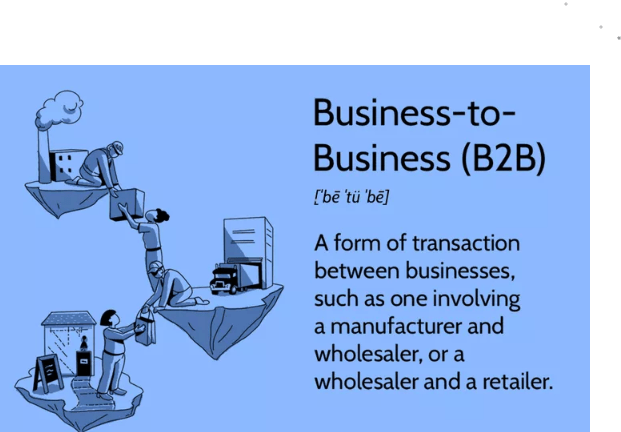
B2B, or business-to-business, refers to transactions that occur between two businesses rather than between a business and an individual consumer. In this type of sales relationship, one company sells products or services directly to another company for their use in operations, resale, or as components for their own products.
B2B sales tend to involve larger volumes and longer sales cycles compared to B2C (business-to-consumer) transactions. Understanding the dynamics of B2B sales is crucial for professionals in industries such as manufacturing, wholesale trade, and professional services where they engage with other businesses on a regular basis.
B2C
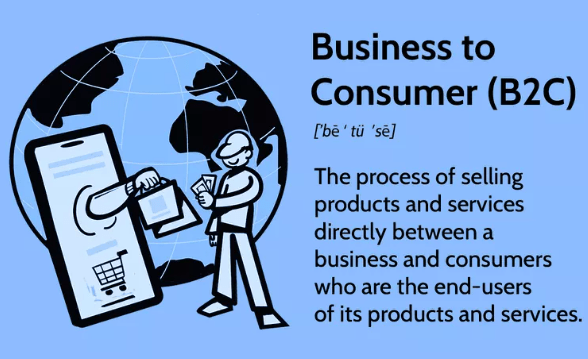
B2C, or business-to-consumer, refers to the type of transaction where a business sells its products or services directly to individual customers. In this model, businesses target and engage with consumers as their main audience.
B2C sales often occur through various channels such as online platforms, brick-and-mortar stores, and direct mail campaigns. Understanding B2C is crucial for sales professionals as it helps them tailor their marketing strategies and communication approaches specifically to individual customers’ needs and preferences.
This knowledge enables them to increase customer satisfaction and drive sales growth by delivering personalized experiences that resonate with consumers on a one-on-one level.
Buying Intent
Buying intent refers to the level of interest or likelihood that a potential customer has in making a purchase. It is an important concept for sales professionals to understand because it helps them gauge how close a prospect is to becoming a customer.
By identifying and analyzing buying intent signals, such as repeated website visits, engagement with marketing materials, or specific inquiries about products or services, sales reps can prioritize their efforts and tailor their approach accordingly.
Recognizing and responding effectively to buying intent can significantly improve sales effectiveness and increase the chances of closing deals with qualified leads.
Understanding the nuances of buying intent allows sales professionals to focus on prospects who are more likely to convert into customers. By tailoring their pitch and providing targeted information based on the identified level of interest, they can increase their chances of success.
Closed-Lost
When a potential sale is marked as “Closed-Lost,” it means that the sales opportunity did not result in a successful deal. This could be due to various reasons such as the prospect choosing a competitor’s product or service, budget constraints, or simply deciding not to proceed with the purchase.
Understanding when and why deals are closed-lost is important for sales professionals because it provides valuable insights into areas that may need improvement in their sales approach.
By analyzing these lost opportunities, sales teams can identify common objections or pain points and develop strategies to address them effectively, increasing their chances of closing future deals.
Closed-Won
When a sales opportunity is marked as “Closed-Won,” it means that the sales team has successfully closed the deal and secured a sale. This term is used to indicate a positive outcome, where the prospect has agreed to purchase the product or service being offered.
It signifies a significant achievement for the sales team and demonstrates their effectiveness in converting leads into customers. By tracking opportunities as either “Closed-Won” or “Closed-Lost,” businesses can gain insights into their sales performance and identify areas for improvement.
Conversion Path
A conversion path is the series of steps a potential customer takes from first discovering a product or service to making a purchase. It outlines the journey from lead to customer, with each step designed to move them closer to conversion.
A well-structured conversion path includes elements such as landing pages, calls-to-action, forms, and thank you pages. By optimizing this path and guiding leads through it effectively, businesses can increase their chances of converting prospects into paying customers.
Customer Lifetime Value (CLV)
Customer Lifetime Value (CLV) is a crucial metric that helps businesses determine the long-term value of their customers. It represents the total revenue a customer is expected to generate throughout their relationship with the company.
By calculating CLV, companies can make strategic decisions regarding customer acquisition, retention, and loyalty programs. Understanding CLV enables businesses to identify high-value customers and allocate resources accordingly, ultimately leading to higher profitability and growth.
This metric also provides insights into how much companies should invest in acquiring new customers versus retaining existing ones. By focusing on maximizing CLV, businesses can build strong customer relationships and secure sustainable success in the market.
Decision-Maker

The decision-maker is a key individual within a company who holds the authority to make important purchasing decisions. This person has the power to choose whether or not to proceed with a sales transaction.
Understanding who the decision-maker is and what their needs and preferences are can greatly impact a sales professional’s success. Building relationships and effectively communicating value propositions tailored to the decision-maker’s interests are crucial in influencing their final choice.
By identifying and appealing directly to these individuals, sales professionals increase their chances of closing deals and achieving sales targets.
Demand Generation
Demand generation is an essential part of the sales and marketing process. It involves creating awareness and interest in a product or service to generate demand from potential customers.
This can be done through various strategies such as content marketing, social media campaigns, and targeted advertising. By focusing on demand generation, companies can attract leads, nurture them through the sales funnel, and ultimately convert them into paying customers.
Effective demand generation tactics help businesses increase their brand visibility, generate qualified leads, and boost overall sales performance.
Engagement
Engagement is a key aspect of the sales process, referring to the level of interaction and interest shown by potential customers. It involves actively connecting with prospects through various channels, such as emails, phone calls, and social media.
By engaging with leads effectively, sales professionals can build trust, address their needs and concerns, and guide them towards making a purchase decision. Engaging with customers throughout the sales journey is crucial for building relationships and increasing the chances of closing deals successfully.
Sales reps must focus on creating meaningful interactions that capture attention and keep prospects engaged in order to drive conversions and achieve sales goals.
Forecasting

Forecasting is a crucial aspect of sales that helps businesses anticipate future trends and make informed decisions. By analyzing historical data and market indicators, sales professionals can predict potential outcomes and estimate future sales revenue.
This process involves analyzing customer behavior, competitor activities, and industry factors to identify patterns or trends that can guide sales strategies. Accurate forecasting enables companies to allocate resources effectively, set realistic targets, and develop effective marketing campaigns.
It also allows them to adapt quickly to changing market conditions and make proactive adjustments to their sales approach. With accurate forecasting in place, businesses are better equipped to optimize their sales performance and achieve long-term success.
Leads
Leads are potential customers or individuals who have shown interest in a product or service offered by a company. These individuals might have provided their contact information, visited the company’s website, or interacted with the brand in some way.
Generating leads is an important part of the sales process as it provides opportunities for businesses to convert these leads into paying customers. Sales professionals use various strategies like lead generation and lead qualification to identify and prioritize valuable leads that are more likely to make a purchase.
By effectively managing and nurturing leads, companies can increase their chances of closing deals and driving revenue growth.
Lead Generation
Lead generation is a crucial aspect of the sales process. It involves finding potential customers who are interested in your product or service and capturing their information for further follow-up.
Effective lead generation strategies can help you build a pipeline of qualified leads to fuel your sales efforts. From creating compelling content and implementing targeted advertising campaigns to utilizing social media platforms and optimizing your website, there are various tactics you can employ to generate high-quality leads.
By consistently focusing on lead generation, you can increase your chances of converting prospects into loyal customers and driving business growth.
Lead Nurturing
Lead nurturing is a crucial step in the sales process that involves building relationships with potential customers and guiding them through their buyer’s journey. It entails providing valuable information, personalized content, and ongoing communication to nurture leads and keep them engaged with your brand.
By nurturing leads effectively, you can increase the likelihood of conversion and foster long-term customer loyalty. This requires a strategic approach that involves understanding your target audience, segmenting leads based on their interests and behaviors, and delivering relevant content at each stage of the sales funnel.
Successful lead nurturing can help you build trust, establish credibility, and ultimately drive more sales for your business.
Lead Qualification
Lead qualification is a crucial step in the sales process. It involves assessing whether a lead meets certain criteria to determine their potential as a customer. This evaluation helps sales professionals focus their efforts on leads that are more likely to convert, saving time and resources.
During lead qualification, various factors are taken into consideration, such as the lead’s demographics, level of interest or engagement with the brand, and fit with the product or service being offered.
By qualifying leads effectively, sales teams can prioritize their efforts towards leads that have a higher probability of becoming paying customers.
Marketing Qualified Lead (MQL)
A Marketing Qualified Lead (MQL) is a potential customer who has shown interest in a product or service, and has met certain criteria set by the marketing team. MQLs are typically identified through lead generation activities, such as filling out forms, downloading content, or responding to targeted marketing campaigns.
These leads have demonstrated enough engagement with the brand to be considered ready for further nurturing by the sales team. By identifying MQLs, businesses can focus their efforts on prospects who are more likely to convert into customers.
Objection

When potential customers raise objections during a sales process, it’s an opportunity for sales professionals to address their concerns and provide more information. By actively listening and understanding the objections, sales reps can tailor their approach and find ways to overcome the hurdles.
Responding confidently and effectively to objections can help build trust with customers and increase the chances of closing a sale. It’s important for sales professionals to be prepared with persuasive responses that highlight the value of their products or services, address any doubts or hesitations, and ultimately convince customers that they are making the right decision.
Onboarding
Onboarding is a crucial step in the sales process where new hires are introduced to their roles and responsibilities. It involves training them on company policies, procedures, and products to ensure they have the knowledge and skills necessary to succeed.
Effective onboarding helps sales professionals become familiar with their target audience, understand the sales process, and learn how to effectively communicate with prospects. By providing proper onboarding, companies can set their sales representatives up for success from day one, increasing productivity and overall team performance.
Pain Point
Identifying and addressing pain points is crucial for sales professionals. A pain point refers to a specific problem or challenge that potential customers are experiencing. By understanding these pain points, salespeople can tailor their approach and offer solutions that directly address the needs of their prospects.
This not only increases the chances of closing a sale but also builds trust and credibility with customers. By actively listening to customers and asking probing questions, sales professionals can uncover pain points related to inefficiencies, financial losses, or missed opportunities.
Once identified, they can highlight how their products or services can alleviate these pain points and improve the prospect’s situation.
Incorporating pain point analysis into your sales strategy allows you to position yourself as a problem solver rather than just another salesperson. By focusing on addressing customer challenges rather than simply pushing your product or service, you build stronger relationships with prospects and increase your chances of success in the competitive market.
Pipeline
The pipeline is a crucial concept in sales. It refers to the process of moving prospects through various stages until they become paying customers. A well-managed pipeline provides visibility into the progress of each deal and helps sales teams prioritize their efforts.
By tracking leads, opportunities, and revenue at each stage, organizations can forecast sales performance accurately. Additionally, having a robust pipeline allows businesses to identify bottlenecks or areas that need improvement in their sales processes.
This way, they can take proactive measures to optimize conversions and drive revenue growth consistently without missing out on potential deals.
Positioning Statement
A positioning statement is a concise and impactful message that describes how a product or service fills a unique need in the market. It helps to differentiate a company from its competitors by highlighting its key features, benefits, and target audience.
A well-crafted positioning statement can effectively communicate the value proposition of a product or service to customers and prospects, helping to attract and retain them. It serves as a guiding principle for marketing efforts and ensures consistency in messaging across different channels.
Developing a strong positioning statement is crucial for sales professionals as it helps them articulate the value of their offerings and connect with potential customers more effectively.
Qualified Lead
A qualified lead is a potential customer who has been thoroughly evaluated and identified as having a high likelihood of making a purchase. These leads have met specific criteria that indicate their interest in the product or service being offered.
Qualification typically involves assessing factors such as buying intent, budget, decision-making authority, and fit with the company’s target market. Identifying qualified leads allows sales teams to prioritize their efforts and focus on those individuals who are most likely to convert into paying customers.
Sales Qualified Lead (SQL)
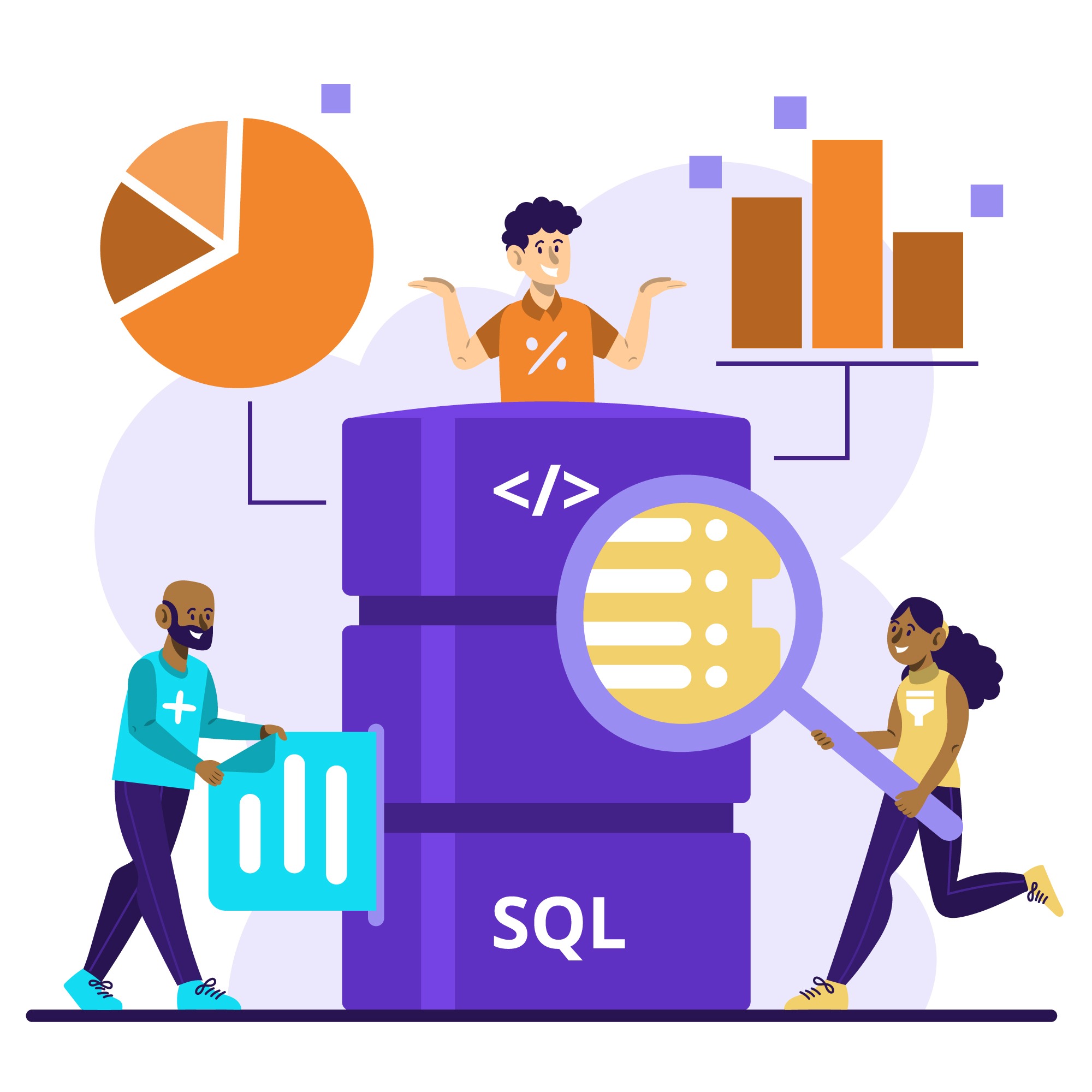
A Sales Qualified Lead (SQL) is a prospect who has been evaluated and determined to be ready for direct engagement with the sales team. When a lead meets specific criteria, such as having a budget, authority to make decisions, and a genuine interest in purchasing the product or service, they become an SQL.
Unlike Marketing Qualified Leads (MQLs), SQLs have shown stronger buying signals and are considered more likely to convert into customers. The sales team focuses their efforts on nurturing SQLs through personalized communication and tailored solutions to guide them further down the sales funnel.
By identifying SQLs effectively, businesses can prioritize their resources on prospects with higher conversion potential, improving efficiency and boosting sales outcomes.
Service Level Agreement
A Service Level Agreement (SLA) is a contract between a service provider and a customer that outlines the level of service expected. It defines the services to be provided, performance metrics, response times, and any penalties for not meeting the agreed-upon standards.
An SLA ensures transparency and accountability in business relationships, setting clear expectations for both parties involved. By clearly defining responsibilities and deliverables, an SLA helps maintain consistent service quality and establishes a framework for resolving issues or disputes that may arise during the course of the agreement.
Upselling
Upselling is a sales technique where the seller encourages the customer to purchase additional or upgraded products or services. It involves offering options that enhance the original purchase, often leading to higher sales value and increased revenue for the business.
By highlighting the benefits and value of these additional items, sellers aim to meet customer needs more comprehensively while increasing their own profits. Upselling can be an effective strategy when done appropriately, providing customers with valuable choices that align with their preferences and requirements.
Value Proposition
The value proposition is a key concept in sales and marketing. It refers to the unique benefits or advantages that a product or service offers to customers compared to its competitors.
A strong value proposition communicates why potential customers should choose your product or service over others in the market. It highlights the specific problems it solves, the value it provides, and how it meets customer needs better than alternatives.
Crafting an effective value proposition can help businesses differentiate themselves and attract more customers.
Benefits of Knowing Essential Sales Terms
Knowing essential sales terms provides improved communication, increased sales effectiveness, and an enhanced understanding of sales processes.
Improved communication
Understanding essential sales terms can greatly improve communication in the field of sales. When professionals have a common language and vocabulary, they can effectively communicate ideas, strategies, and goals with each other.
This leads to clearer and more efficient communication within sales teams, as well as when interacting with clients and prospects. By using these familiar terms, everyone involved in the sales process can better understand each other’s needs and objectives, resulting in smoother interactions and ultimately more successful outcomes.
With improved communication comes stronger relationships, increased collaboration, and greater overall effectiveness in the world of sales.
Increased sales effectiveness

Sales effectiveness is crucial for driving business growth and achieving sales targets. By improving sales effectiveness, professionals can enhance their ability to close deals and generate revenue.
This can be achieved through various strategies such as refining sales techniques, identifying key pain points of customers, and effectively communicating the value proposition of products or services.
When sales teams are more effective in their approach, they can build stronger relationships with customers, increase customer satisfaction, and ultimately drive higher conversion rates.
Enhanced understanding of sales processes
Understanding sales processes is crucial for professionals in the field to effectively navigate through each stage of a sale. By having an enhanced understanding of sales processes, professionals can identify where potential customers are in the buying journey, anticipate their needs and pain points, and tailor their approach accordingly.
This knowledge allows sales reps to streamline their efforts, provide better customer experiences, and ultimately increase their chances of closing deals successfully. So whether it’s prospecting, qualifying leads, or negotiating terms, a deep comprehension of sales processes empowers professionals to make informed decisions and maximize their success in driving revenue.
How to Use Essential Sales Terms
Incorporate them into sales pitches and presentations, utilize them in sales meetings, and implement them in sales training and onboarding.
Incorporate them into sales pitches and presentations
Use these essential sales terms to enhance your sales pitches and presentations. By incorporating these terms into your communication, you can effectively convey your message and connect with your audience.
From using value propositions to address pain points, to leveraging positioning statements to differentiate yourself from competitors, these terms will help you articulate the key benefits and advantages of your product or service.
Whether you’re delivering a sales pitch in person or creating a presentation for clients, integrating these terms will showcase your expertise and professionalism, giving you an edge in closing deals.
Utilize them in sales meetings
In sales meetings, it is crucial to utilize these essential sales terms. By incorporating them into your discussions, you can enhance communication and ensure that everyone is on the same page.
These terms will help your team better understand the sales processes and strategies being discussed, enabling more effective collaboration and decision-making. Additionally, by using these terms consistently in meetings, you can reinforce their importance and encourage active participation from all attendees.
So make sure to incorporate these essential sales terms into your next meeting for maximum impact.
Implement them in sales training and onboarding

Incorporate these essential sales terms in your sales training and onboarding programs to ensure that your team is equipped with the knowledge they need to succeed. By teaching new hires these terms, you can help them understand crucial concepts like lead generation, objection handling, and value proposition.
Incorporating these terms into sales training materials and role-playing exercises allows reps to practice using them in realistic scenarios. Additionally, including these terms in onboarding materials helps new hires quickly become familiar with the language of sales and feel confident in their ability to communicate effectively with prospects and customers.
Don’t underestimate the importance of equipping your team with a strong understanding of these key sales terms right from the start.
Conclusion
Knowing the essential sales terms can greatly benefit professionals in the industry. Improved communication, increased sales effectiveness, and enhanced understanding of sales processes are just a few advantages to be gained.
By incorporating these terms into pitches, presentations, meetings, and training sessions, sales professionals can elevate their skills and achieve greater success in their careers.
FAQs
What are some important words in sales and marketing for 2023?
The essential sales terms for professionals in 2023 include current sales trends, terminologies, and power words defining strong sales success according to experts’ predictions.
How do I find the meanings of specific Sales terminologies?
To understand certain sales jargon or buzzwords better, refer to a comprehensive Sales and Marketing Professionals Glossary that clearly defines all phraseology connected to key areas like management, negotiation and conversion.
Can familiarizing myself with updated Sales vocabulary help during interviews?
Yes! Understanding up-to-date crucial phrases can significantly improve your performance during interviews by showcasing your knowledge about latest developments in the field of sales.
Are there any common mistakes people make when using sale words?
Indeed! Certain buzzwords may be overused or misinterpreted so it’s vital to know which ones you should avoid while also understanding their appropriate use within context.
Where can I learn more about forecasting ‘sales trends’ for 2023?
Sources online provide insight into anticipated ‘Sales Trends’ based on data derived from market research studies and observations made by industry experts towards boostng future ‘Sales Success’.



